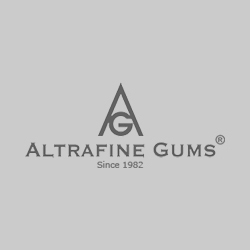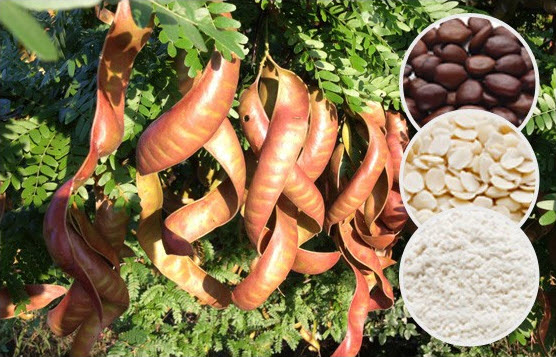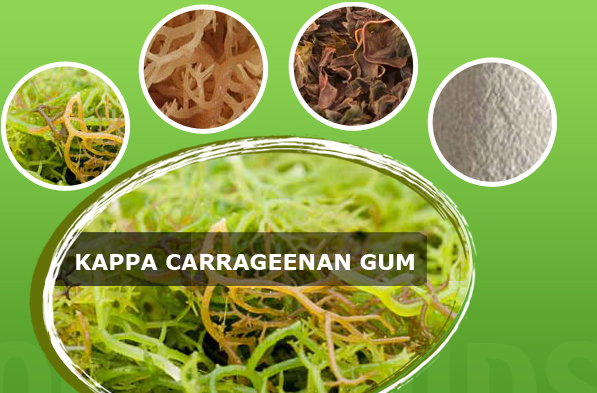
Natural vs. Synthetic Hydrocolloids and Industry Preferences
Hydrocolloids are water soluble and dispersible polysaccharides that are also referred to as food gums. The products also produce viscous dispersions called gels. In usage they basically bind/ hold water, improve texture of products, stabilize emulsions and form films as well as product coatings.
Natural Hydrocolloids
They are derived from plants and animals and they include;
Galactomanans
They have a mannose backbone linked to galactose side groups. The ratio of the galactose to mannose varies from 0.3 in carob to 0.6 in guaran to 0.9 in the fenugreek gum powder.
The guar gum powder is mainly produced in India and Pakistan and extracted from the seed endosperm. It hydrates rapidly in water to give a viscous solution that has a neutral PH. It is widely used in many industries due to these properties.
Locust Bean Gum
The plants also grow widely in the Middle East and the Mediterranean regions. It is also a galactomanans with the ratio of mannose to galactose being at 4:1. The side chains in this case are never uniformly distributed with some sections of the formula being referred to as hairy while others are bare of the side chains. It is also widely used in the food processing such as ice creams, cheese products, meat products and chocolate products.
Gum Arabic
Harvested from trees and mostly occurring in the semiarid areas of Africa. It is also widely used in food industries such as candies, baked goods to reduce moisture absorption, frozen desserts and also flavor fixation.
Non-Plant Natural Hydrocolloids
Other in the same group includes the fenugreek gum and carrageenan gum.
Alginate; sourced from the brown algae and has applications in the food industry such as salad dressings, meringues and bakery icings. They are considered more expensive than the plant based hydrocolloids.
Synthetic Hydrocolloids
These are basically derived from chemical combinations to give a product with similar structure to the natural polysaccharides.
Semi synthetic hydrocolloids are more preferred compared to the purely synthetic gums. They include the starch derivatives such as the hetastarch, starch acetate and starch phosphates. Cellulose derivatives include; carbxy-methyl cellulose, hydroxypropyl methylcellulose (HPMC), methylcellulose (MC), and microcrystalline cellulose.
Research has shown that the synthetic hydrocolloids are far less inefficient and have certain inherent disadvantages such as;
- High cost
- Toxicity to body and other animal life
- Environmental pollution during the manufacturing process
- Non renewable sources
- Some have acute and chronic adverse effects on the skin
- Poor biocompatibility compared to the natural gums
Advantages of Natural Gums
The natural gums are the most preferred in all the industries due to various reasons.
- Bio degradable; they are renewable sources which are easily bio degradable.
- Bio compatible and non-toxic
- Low cost and easily available in nature, they are also easier to extract.
- They have more public acceptance due to their numerous health benefits and they are also extracted from edible sources.
- In pharmaceutical applications, there is less chance of side effects to patients compared to synthetic
With all these advantages, the natural hydrocolloids are gradually replacing synthetic gums in industrial applications.



